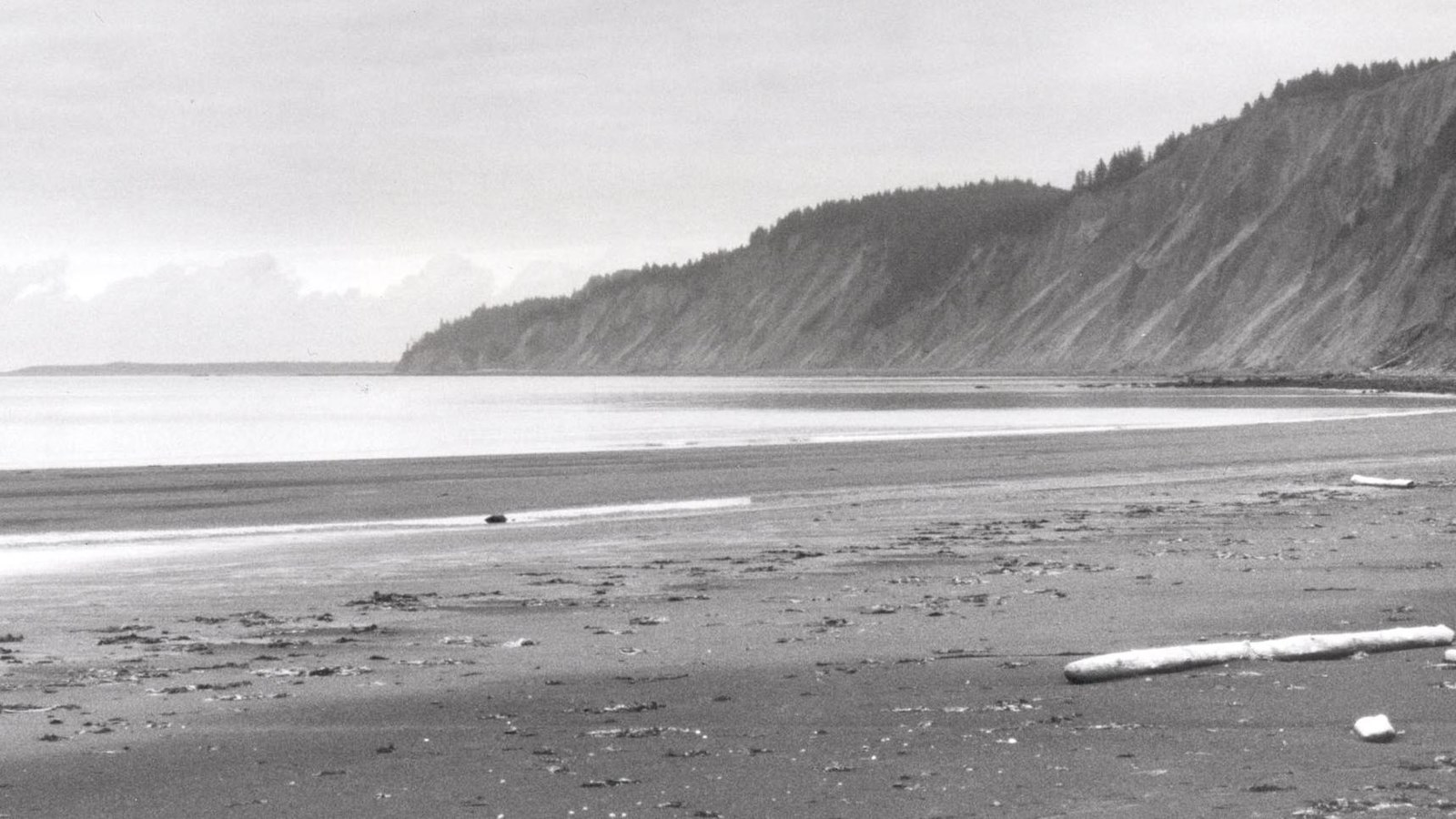Last updated: March 15, 2021
Place
Bering Expedition Landing Site National Historic Landmark

National Park Service, 1986
The Bering Expedition Landing Site on Kayak Island in the Gulf of Alaska is the location of what many consider the first scientific investigation of Northwestern North America. Naturalist Georg W. Steller, a surgeon and naturalist, who accompanied Vitus Bering on the Great Northern Expedition (1733-1743) made the first attempts at contacts between Europeans and natives of Alaska. Steller’s journal entries, and his collections of natural specimens and cultural items, are among the first contributions to the West’s knowledge of the natural and human history of this area of the world.
Another important aspect of the Bering Expedition Landing site is that although the explorers saw no Alaska Natives when they landed, there were dwellings in the area and obvious signs of recent human activity. Steller’s collection of cultural items from around the landing site—the first of such collections from Alaska—is an example of the European colonial practice of taking various belongings of indigenous peoples without their consent. Kayak Island (Qe’yiłteh) is within the territories of Sugpiaq and Eyak people.
National Register of Historic Places Inventory Form
By William S. Hannable, Alaska Division of Parks, 1976
This portion of Kayak Island, a small bit of land approximately twenty miles south of Katalla on the Gulf of Alaska, was the scene of the first scientific investigation of Northwestern North America. Actions of natural Georg Wilhelm Steller, surgeon on Vitus Bering's St. Peter, when he landed here at the mouth of a small creek on the southwest shore, were the first attempts at contact between Europeans and natives of Alaska; Steller's observations, recorded in his journal, are among the first contributions to the West's knowledge of the natural and human history of this area of the world. Today the site, which is managed as a part of Chugach National Forest, is inaccessible except by charter air or boat from Prince William Sound communities such as Cordova.
A series of Russian attempts to determine if the Asian and American continents were joined culminated in the 1741 Bering Expedition. Under Captain Commander Vitus Bering, the two ships in this venture, St. Peter and St. Paul, sailed west from Kamchatka in the summer of 1741. On the 17th of July (Juliancalendar), lookouts on St. Peter (which had become separated from St. Paul) sighted "high snow covered mountains and among them a high volcano...." Two days later, Kayak Island was observed and the next day, July 20, a party went ashore to collect water and explore the island. Surgeon Steller and his personal cossack landed with the watering party and set off down the beach to investigate.
The naturalist's journal noted "I had not gone more than a yerst [0.6629 of a mile] along the beach before I ran across signs of people and their doings." Among the finds were scraps of fish and a still smoldering fire, a log hollowed for use as a cooking vessel, and a firedrill. Venturing still farther, Steller came upon a cellar two fathoms deep from which he took two bundles of fish, another firedrill, arrows, tinder, and thongs of seaweed, bark, and grass.
After sending this first ethnographic collection from Alaska back to the ship by his cossack, Steller climbed the prominence now known as Steller Hill and then returned to St. Peter. On his return to the beach, Steller made careful descriptions of the flora and waited for a reply to his request for additional men and the use of a yawl to continue his research. Instead, he got the answer that he should repair on board immediately or St. Peter would leave without him.
This peremptory end to the first scientific examination of the North Pacific coast of North America has been attributed to Bering's desire to seize favorable winds and avoid stormy weather on the return voyage. Running west, St. Peter passed through the Aleutians, sighting Adak and Atka about September twenty-fourth. Some of the crew had died and others, including Bering, were ill with scurvy by November when a ship's council decided to winter on one of the Kommandorski Islands. Incredible hardships, during which Bering died, followed; but in November of the next year, St. Peter's first officer Sven Waxell led forty-six survivors to Kamchatka. A report of the voyage was dispatched to the Admiralty College. This report, and Steller's journal and notes, constituted the first documented investigation of the land known now as Alaska.
Additional Information
Steller's Journal of the Sea Voyage from Kamchatka to America and Return on the Second Expedition, 1741-1742. Translated and annotated by Frank A. Golder, Leonhard Stejneger, and Ellsworth P. Bertholf. American Geographical Society, New York, 1922.
Bering's Voyages, Vols. I* II, by Frank A. Colder, American Geographical Society Research Series No. 1, W.L.G. Joerg, ed., reprint ed., Octagon Books, Inc., New York, 1968.
National Register of Historic Places - Official Nomination Form
